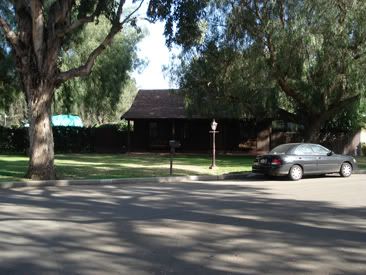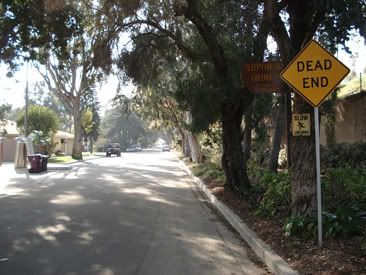
There are a number of truly unique neighborhoods in
Sleepy Hollow, as the neighborhood is called, is located in a forgotten wedge of land between the northern portion of the Virginia Country Club golf course and the southern edge of the Sleepy Hollow greenbelt running along an elevated railroad right-of-way. The neighborhood is accessed from
When entering the neighborhood, one is enveloped by a canopy of large, mature trees spanning from both sides of the street. Rolling up the hill toward the train tracks is a rich assortment of dense vegetation. A number of short dead-end streets and alleys branch off the south side of
The intense architectural mix of homes adds to the atmosphere of Sleepy Hollow. There is no dominant style of architecture, era of development, or size of home within the neighborhood: small 1920s-era California Bungalows share the streetscape with large, modern Tuscan-style homes. There are two-story 1980s
It would be difficult to reconstruct such a unique neighborhood, from the distinct variety of architectural style and scale of the homes to the rich landscaping of the public realm and the properties themselves. Much of the neighborhood’s charm probably results from its hidden, perhaps forgotten location, situated as it is between a major commercial corridor, the back end of a golf course, and a railroad right-of-way. It would probably not be feasible or even desirable to attempt to replicate Sleepy Hollow elsewhere in Long Beach. However it is certainly another unique gem in
Home at the corner
Dirt alley looking toward Virginia Country Club
Side Street looking toward Virginia Country Club
Sullivan’s Grove





